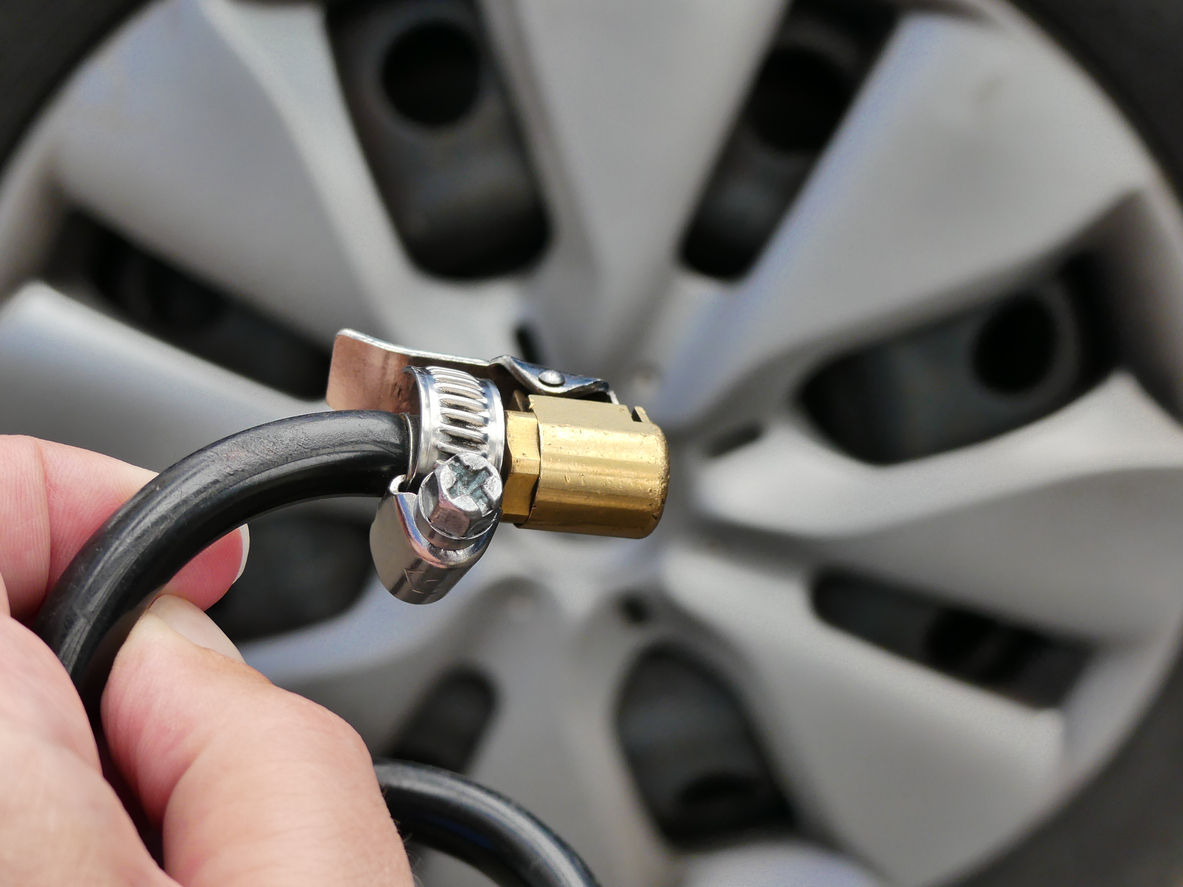Which Tyre Pressure Monitoring System Is Best?
Author Name –
Louise Helsby
20 Sep 2019
34 people
A tyre pressure monitoring system is a very convenient invention that has contributed to the long healthy lives of tyres all over the world. They were first used in the early 1990s on makes such as Mercedes, BMW, and Audi and have since become a more common feature on new cars.

Tyre pressure monitoring systems (TPMS) constantly monitor the pressure of your tyres using sensors in all four tyres. When they detect a change in temperature or tyre pressure, they simply alert the driver, with either a visual or an audible warning.
These useful systems can also be purchased as aftermarket solutions, so if your vehicle is without one, we’d certainly recommend getting one to save you the hassle of monitoring your tyres manually. A good TPMS could indirectly help you to avoid road traffic accidents, poor fuel economy, and increased tyre wear.
Types of Tyre Pressure Monitoring Systems
There are two types of Tyre Pressure Monitoring Systems – direct and indirect systems.
Indirect TPMS key features
- Indirect tyre pressure monitoring systems monitor tyre pressure by signals outside of the tyre itself, such as individual wheel rotational speeds
- Indirect TPMS can detect underinflation in up to all four tyres
- They can’t measure or display absolute tyre pressure values
- They have to be reset by the driver once the tyres are checked and all pressures have been adjusted. This can be done either by a physical button or via the on-board computer
- They are more sensitive than direct TPMS to external influences like road surfaces and driving speed or style
Direct TPMS key features
- Direct TPMS use pressure sensors on each wheel, either internally or externally
- Like the hose on a pressurised air pump at a filling station, the direct TPMS sensors physically measure the tyre pressure in each tyre and report it to the vehicle’s instrument cluster or a corresponding monitor
- Whether the vehicle is moving or parked, direct TPMS sensors can measure and display real time tyre pressures
Best tyre pressure monitoring system
The best tyre pressure monitoring system will of course, depend on your individual needs and preferences. Both direct and indirect TPMS systems come with their own set of pros and cons.
Some of the biggest concerns with direct TPMS systems is that, if attached to the valve on the outside of the tyre rim, they are exposed to wind, fluid, and pressure at high speeds, as well as theft. And if they are placed on the inside of the wheel, they are difficult to access if needed, which will occur regularly if they are powered by external batteries.
On the other hand, while an indirect TPMS is valued for its ease of use, many users feel it is not as accurate as the direct TPMS.
Whichever type of tyre pressure monitoring system you use, find out what your car’s recommended tyre pressures are with our online search.

Louise Helsby
Did you enjoy this blog post?
|
34 people found this review helpful